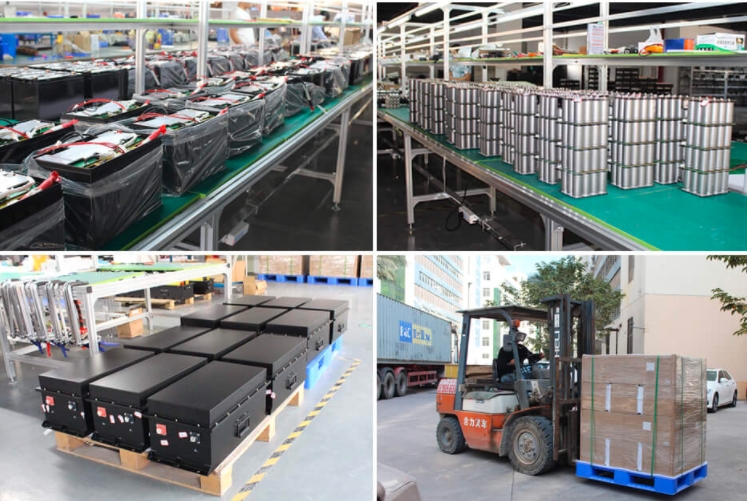- 17
- Nov
Introduction of important components of electrolyte
Molekulyar formula: C3H4O3
“Transparent colorless liquid (35°C), crystalline solid at room temperature. Boiling point: 248℃/ 760 MMHG, 243-244℃/ 740 MMHG. Flash point: 160℃ Density: 1.3218 Refractive index: 50℃ (1.4158) Melting point: 35-38℃ It is an excellent solvent for polyacrylonitrile and polyvinyl chloride. It can be used for spinning or directly used as a solvent to remove acid gas and concrete additives. As a medicinal ingredient and raw material, it can also be used as a foaming agent for plastics and a stabilizer for oils. In the battery industry, it can be used as an excellent solvent for lithium battery electrolyte

Molekulyar formula: C4H6O3
colorless, tasteless, or light yellow transparent liquid, soluble in water and carbon tetrachloride, and miscible with ether, acetone, benzene, etc. It is an excellent polar solvent. This product is of great significance to polymer operations, gas separation technology and electrochemistry. In particular, it can be used to absorb carbon dioxide from natural gas and synthetic ammonia from petrochemical plants. It can be used as plasticizer, spinning solvent, olefin, aromatic extraction agent, etc.
Toxicological information: No toxicity was found by oral and skin contact. LD50 = 2900 0 mg/kg.
This product should be stored in a cool, ventilated, dry place, away from fire, and stored and transported in accordance with the regulations for low-toxic chemicals.
Diethyl carbonate: CH3OCOOCH3
Vapor pressure: 1.33 kpa / 23.8°C, flash point 25°C (flammable liquid evaporates into steam and flows into the air. As the temperature rises, the evaporation speed increases. When the mixture of vaporized steam and air comes into contact with the fire source, sparks are generated When, this short combustion process is called flashover, and the lowest temperature at which flashover occurs is called ignition point. The lower the flash point, the greater the risk.,Melting point-43℃, boiling point 125.8℃; Solubility: insoluble in water, soluble Organic solvents such as alcohols, ketones, esters; density: relative density (water = 1) 1.0; relative density (air = 1) stability: stable; hazard sign 7 (flammable liquid); important uses: solvents and organic synthesis.
Lithium salts used in lithium batteries generally include LiPF6, LiBF4, LiClO4, LiAsF6, LiCF3SO3, LiN(CF3SO2)2 and other substances, most of which are easily hydrolyzed and have poor thermal stability.
